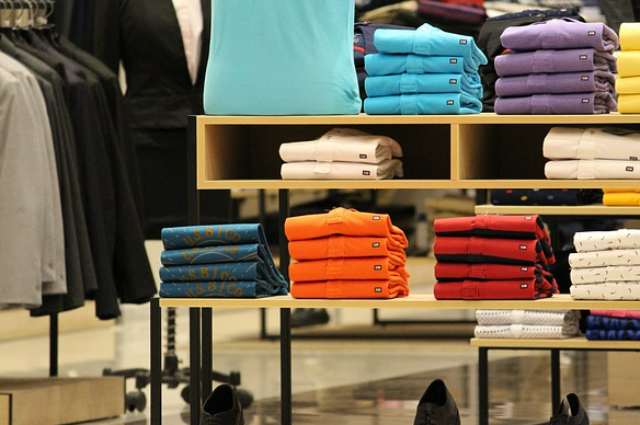
Image by Ranjat M from Pixabay
Introduction:
The fashion industry has long been associated with glamour, creativity, and trends, but it has also faced criticism for its significant environmental impact. From the excessive use of water and chemicals to the exploitation of labor, the traditional fashion industry has contributed to pollution, waste, and social inequality. However, in recent years, a transformative shift towards sustainable fashion has emerged, promising a greener and more ethical future for the industry.
Defining Sustainable Fashion:
Sustainable fashion encompasses various principles and practices that aim to minimize the negative impacts of the fashion industry on the environment and society. It involves rethinking the entire lifecycle of a garment, from design and production to consumption and disposal. Key elements of sustainable fashion include the use of eco-friendly materials, ethical labor practices, waste reduction, recycling, and promoting conscious consumerism.
Materials and Production:
One of the fundamental aspects of sustainable fashion is the use of environmentally friendly materials. Designers are increasingly opting for organic cotton, hemp, linen, and other natural fibers that require less water and fewer chemicals during cultivation. Additionally, innovative materials such as recycled polyester, Tencel, and Piñatex (made from pineapple leaves) are gaining popularity for their reduced environmental footprint.
Furthermore, sustainable fashion promotes responsible production practices. This includes reducing water and energy consumption, minimizing waste through efficient manufacturing processes, and ensuring safe and fair working conditions for employees. Many brands are now embracing certifications like Fair Trade and GOTS (Global Organic Textile Standard) to uphold higher social and environmental standards.
Circular Economy and Recycling:
The concept of a circular economy is integral to sustainable fashion. Instead of the traditional linear "take-make-dispose" model, the circular approach aims to close the loop by designing products that can be recycled, repaired, or repurposed. Brands are implementing take-back initiatives, offering clothing repair services, and exploring innovative recycling technologies to give garments a second life.
Consumer Awareness and Ethical Consumption:
A crucial element in the transition to sustainable fashion is consumer awareness and conscious consumption. People are becoming more conscious of the environmental and social impacts of their purchasing decisions. They are seeking transparency from brands regarding their supply chains, materials, and labor practices. This growing demand for sustainable options has led to the rise of ethical fashion brands and marketplaces that cater to conscious consumers.
Collaboration and Innovation:
The shift towards sustainable fashion requires collaboration among various stakeholders. Designers, manufacturers, policymakers, and consumers must work together to drive change. Governments can incentivize sustainable practices through regulations and policies, while fashion schools and institutions can incorporate sustainability into their curricula. Collaboration between established brands and emerging sustainable fashion startups can foster innovation and accelerate the adoption of greener practices.
Conclusion:
The rise of sustainable fashion represents a positive transformation in the industry, addressing its environmental and social challenges. By embracing eco-friendly materials, ethical production practices, circular economy principles, and promoting conscious consumption, the fashion industry can significantly reduce its negative impact on the planet and its inhabitants. As consumers, we have the power to support this change by making informed choices and demanding sustainability from the brands we love. Together, we can shape a fashion industry that not only inspires creativity and style but also respects the planet and its people, paving the way for a greener and more sustainable future.
